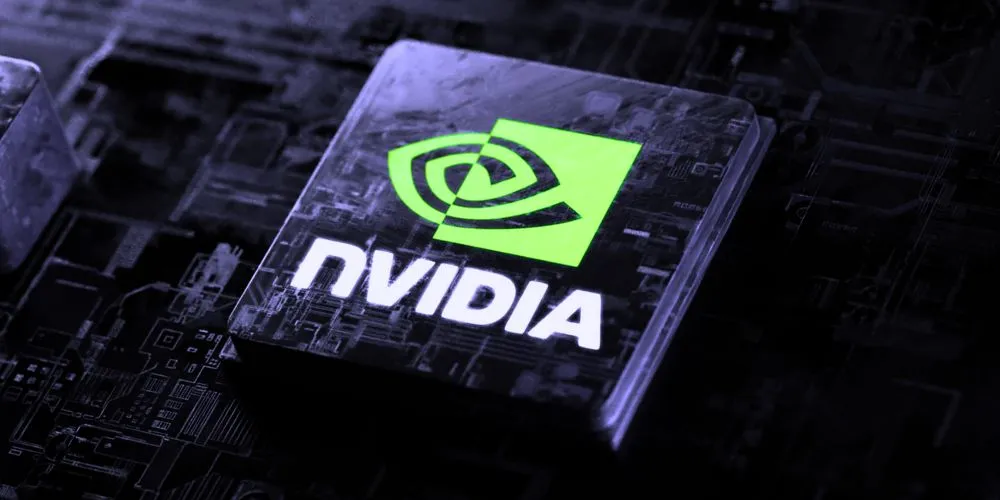Key Points:
- Nvidia’s next-gen AI chip platform will be released in 2026. A new CPU in the Rubin family aims to enhance performance for AI applications.
- The Rubin family is bundled with high-bandwidth memory from SK Hynix, Micron, and Samsung.
- Nvidia will introduce new AI chip families annually, up from every two years, reflecting the rapid advancements and growing demands in the AI sector.
- Nvidia maintains dominance with an 80% market share in AI chips, driving and benefiting from AI advancements.
On Sunday, Nvidia CEO Jensen Huang announced that the company’s next-generation artificial intelligence (AI) chip platform, Rubin, will be released in 2026. The revelation came during his speech at the National Taiwan University in Taipei as part of the Computex trade show.
The Rubin platform represents a significant leap forward in AI chip technology, comprising a new suite of graphics processing units (GPUs), central processing units (CPUs), and networking chips. This new line-up is designed to bolster Nvidia’s already dominant position in the AI chip market, which it currently leads with an approximate 80% market share.
Although Huang provided limited specifics, he revealed that the new CPU within the Rubin platform would be called Versa. This CPU is expected to deliver enhanced performance and efficiency, which is essential for the next wave of AI applications. The new GPUs, integral to powering sophisticated AI tasks, will incorporate next-generation high-bandwidth memory. Industry leaders such as SK Hynix, Micron, and Samsung will supply this memory technology, promising faster and more efficient data processing capabilities.
Huang highlighted that the Rubin chips are part of Nvidia’s strategy to accelerate the release schedule of their AI chip families. Traditionally, Nvidia has introduced new AI chips approximately every two years. However, starting with Rubin, the company aims to roll out a new family of AI chips annually. This accelerated pace reflects the rapid advancements and growing demands in the AI sector.
Nvidia’s dominance in the AI chip market uniquely positions it as a major enabler and beneficiary of the ongoing AI revolution. The introduction of Rubin is expected to solidify this position, offering unprecedented capabilities to developers and researchers worldwide.
The move to an annual release cycle also suggests that Nvidia is confident in its R&D capabilities and ability to meet the rigorous demands of the AI market. By frequently updating its hardware offerings, Nvidia can provide continuous improvements and innovations, helping its clients stay ahead of the curve in AI development.












